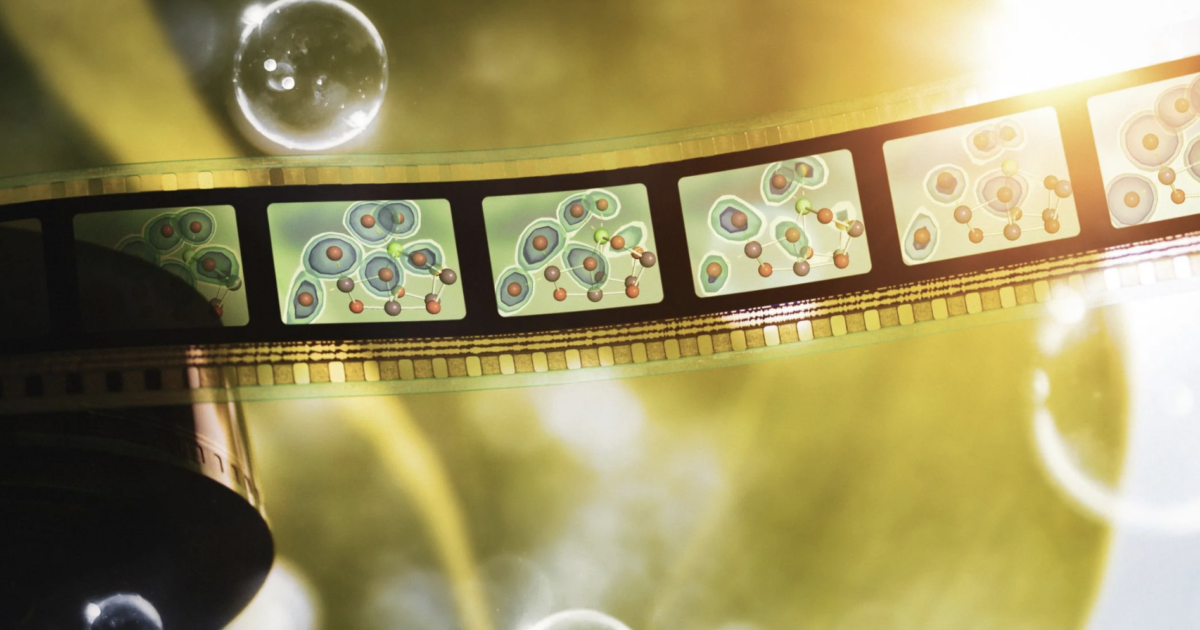
This story was modified from one originally published by SLAC
Photosynthesis plays a crucial role in shaping and sustaining life on Earth, yet many aspects of the process remain a mystery. One such mystery is how Photosystem II, a protein complex in plants, algae and cyanobacteria, harvests energy from sunlight and uses it to split water, producing the oxygen we breathe. Now researchers from the Department of Energy’s Lawrence Berkeley National Laboratory and SLAC National Accelerator Laboratory, together with collaborators from the University of Wisconsin–Madison and other institutions have succeeded in cracking a key secret of Photosystem II.

Using SLAC’s Linac Coherent Light Source (LCLS) and the SPring-8 Angstrom Compact free electron LAser (SACLA) in Japan, they captured for the first time in atomic detail what happens in the final moments leading up to the release of breathable oxygen. The data reveal an intermediate reaction step that had not been observed before.
The results, published today in Nature, shed light on how nature has optimized photosynthesis and are helping scientists develop artificial photosynthetic systems that mimic photosynthesis to harvest natural sunlight to convert carbon dioxide into hydrogen and carbon-based fuels.
“The splitting of water to molecular oxygen by photosynthesis has dramatically reshaped our early planet, eventually leading to complex life forms that rely on oxygen for respiration, including ourselves,” says Uwe Bergmann, a physics professor at UW–Madison. “Capturing the final steps of this process in real time with x-ray laser pulses, and bringing to light the individual atoms involved, is thrilling and adds an important piece to solving this over 3-billion-year-old puzzle.”